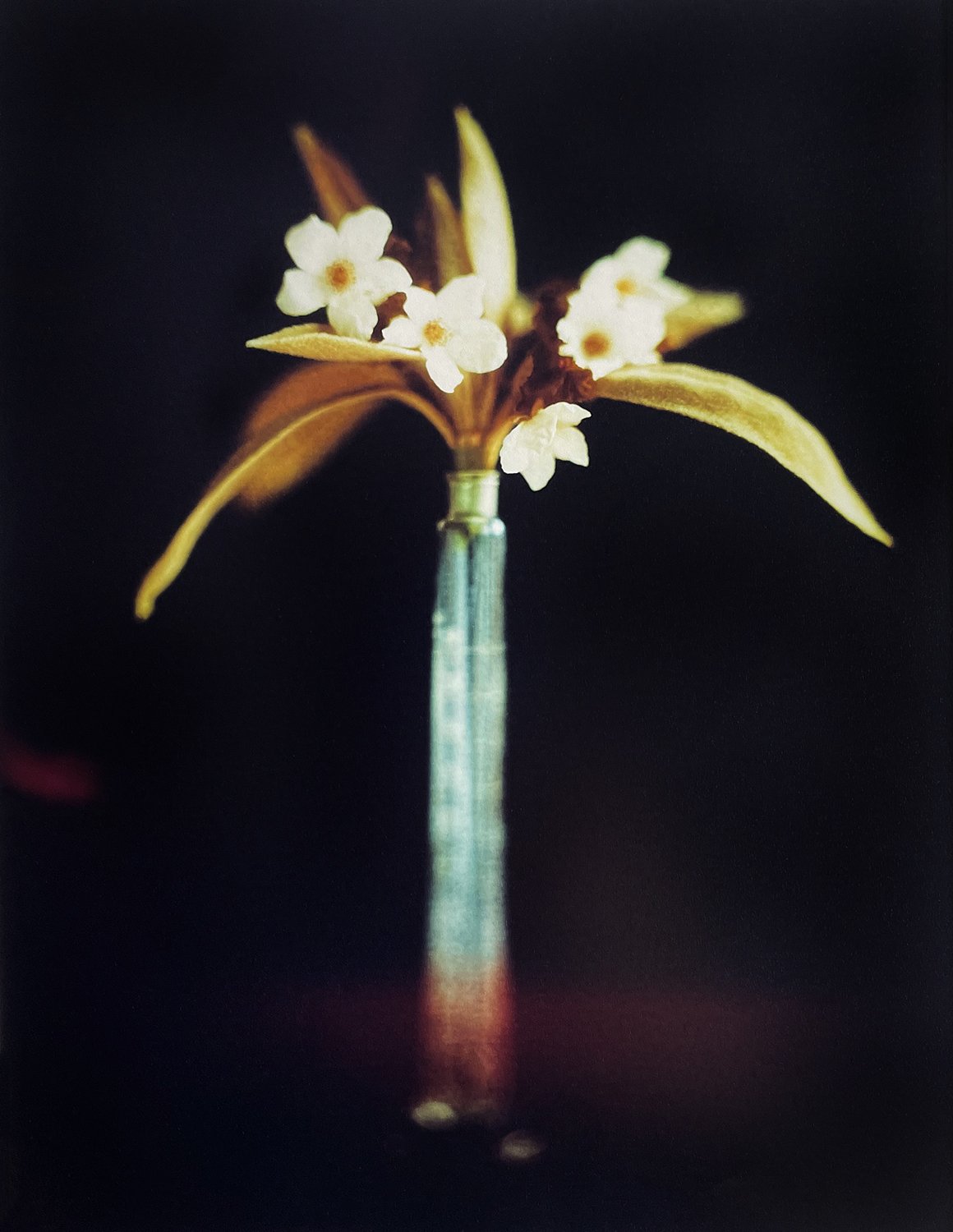The Ute, pronounced as "yoot," refer to themselves as the Noochew or Nuuchui, meaning "Ute People." The term "Utah," the name of the state, originates from the Spanish word "Yutah," which describes the Ute as the "high land" or "land of the sun."
Renowned for their courage, some historians believe the Ute possessed comparable skill and cunning to the Apaches. In the past, they occupied an expansive territory of approximately 79 million acres in the Great Basin region. Their extensive travels through the picturesque mountainous landscapes of the Western region led them to establish trails, the remnants of which proved invaluable to the white settlers who eventually displaced them.
Early observers noted the remarkable proficiency of Ute women in tanning hides, which served as valuable trade items and were used for clothing. They adeptly worked with buffalo, deer, elk, and mountain sheep hides. Ute women typically adorned themselves in long, belted dresses, leggings, and moccasins. Meanwhile, men wore shirts, leggings, and moccasins for their daily activities, reserving elaborate feathered headdresses for special occasions. During times of conflict, many men painted their bodies and faces using yellow and black pigments. Women occasionally painted their faces and adorned their hair partings. Some Ute individuals pierced their noses, inserting small, polished animal bones, while others tattooed their faces using cactus thorns dipped in ashes. Both men and women occasionally wore necklaces crafted from animal claws, bones, fish skeletons, and juniper seeds.
Early Ute ceremonies involved clothing embellishments such as paint, hair fringes, rows of elk teeth, or brightly dyed porcupine quills. Later, as the Ute acquired beads from European traders, their costumes incorporated intricate beadwork.
The Ute held two significant ceremonies—the Sun Dance and the Bear Dance—which continue to be performed annually.
The Sun Dance reflects a personal desire for spiritual power provided by the Great Spirit, but each dancer also represents their family and community, transforming the dance into a communal sharing experience. The Sun Dance is based on a fable about a man and a woman who left their tribe amid a severe famine. During their voyage, they discovered a deity who taught them the Sun Dance practices. When they returned to their tribe and performed the ceremony, a herd of buffalo appeared, putting an end to the hunger.
The Sun Dance ceremony encompasses several days of clandestine rituals followed by a public dance around a Sun Dance pole, symbolizing the connection to the Creator. These rituals involve fasting, prayer, smoking, and the preparation of ceremonial objects.
Describing a modern Sun Dance atop Sleeping Ute Mountain, journalist Jim Carrier recounted, "Night and day, for four days, the dancers charged the pole and retreated, back and forth in a personal gait. There were shuffles, hops, and a prancing kick. While they blew whistles made from eagle bones, their bare feet marked a 25-foot (7.5-kilometer) path in the dirt."
The Bear Dance, conducted annually in the spring, venerates the grizzly bear, revered by the Ute for imparting strength, wisdom, and survival skills. In earlier times, the Bear Dance coincided with the bears emerging from hibernation and aimed to awaken the bears to guide the Ute towards bountiful sources of nuts and berries. The dance served as a joyous social occasion after enduring a harsh winter.
The Bear Dance involves constructing a sizable circular enclosure made of sticks, representing a bear's den. Music played within the enclosure symbolizes the thunder that rouses the slumbering bears. The dance follows a "lady's choice" tradition, allowing Ute women to show their preference for a certain man. The Bear Dance ceremony traditionally lasted for four days and four nights. The dancers wore plumes that they would leave on a cedar tree at the east entrance of the corral. Leaving the feathers behind represented discarding past troubles and starting fresh.
MY PHOTOGRAPHS AS RESIDUE
My photographs for this project are what I consider residue. Residue is a small amount of something that remains after the main part has gone, been taken, or been used. It’s a lot like memory. The function of photography is to somehow "show" the memories and residue of a person, place, or thing.
I’m approaching these ideas indirectly. It’s a conscious choice to make the work somewhat abstract, like all memories are. This isn’t a documentary project, although it’s difficult to put anything in a box. There are elements that seem to fit, at least somewhat, into the documentary category. However, I would never consider this work documentary photography. The context and narrative provide the direction of the work. It’s my personal journey to discover answers to questions that I’ve wrestled with for decades. There’s no doubt it’s interdisciplinary work, combining art and several disciplines in the sciences and psychology. I think that’s what makes it interesting.
The book, in context, will give the reader and viewer an insight, not only about my journey but also about the human condition and what knowledge of our mortality does to us. I connect the events of the 19th century clearly to the theories of death anxiety and terror management theory. I show both the beauty of the land as well as inferring the loss. I show life as well as death through the flora and landscape photographs. My hope is that for those who read it, it will inspire and enlighten. That it will bring forward the beauty of life and appreciation of the awe that surrounds us, as well as an understanding of how evil is manifested in our human condition.
“Mountain Bell Cactus and White Granite,” 10” x 10” (25,4 x 24,4cm) RA-4 Reversal Direct Color Print, June 29, 2023 Pediocactus simpsonii, or Mountain Ball Cactus, is a species that grows at high altitudes in the Rocky Mountains of Colorado.


















